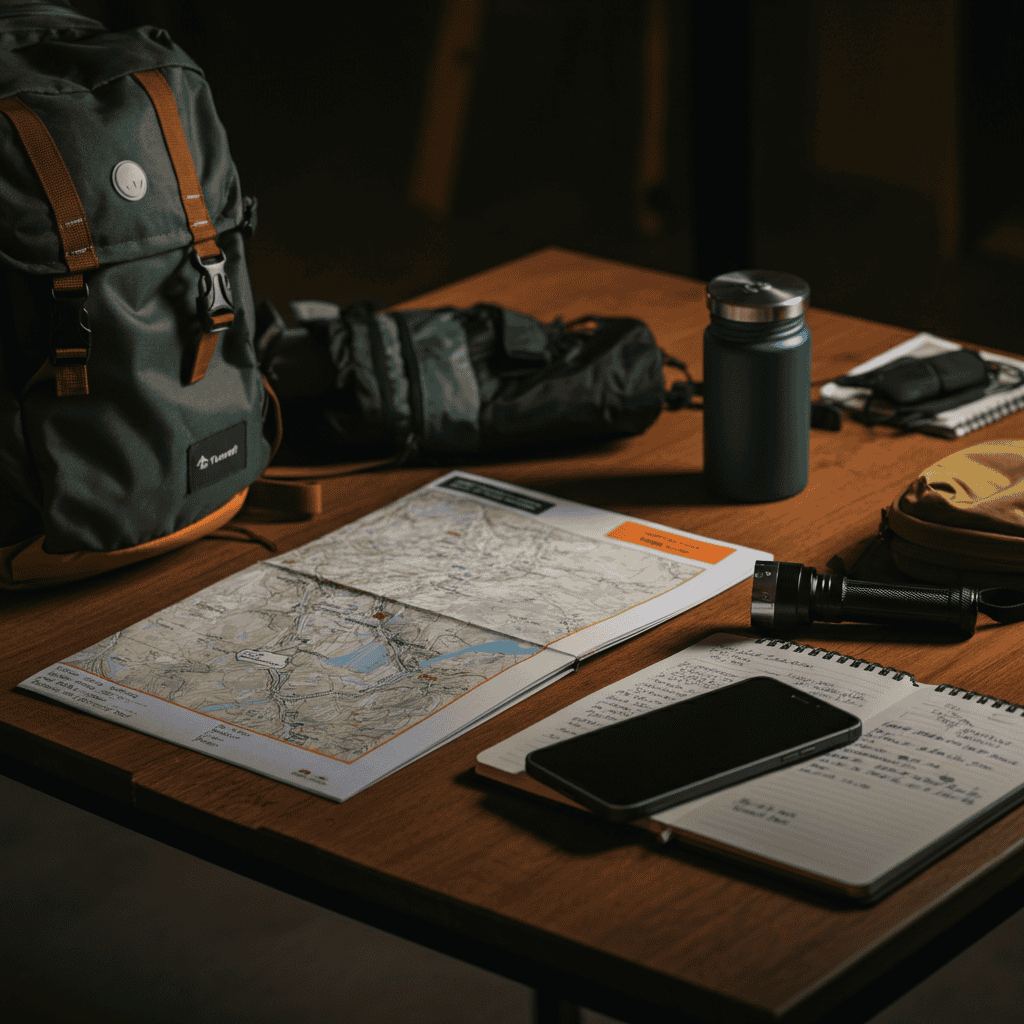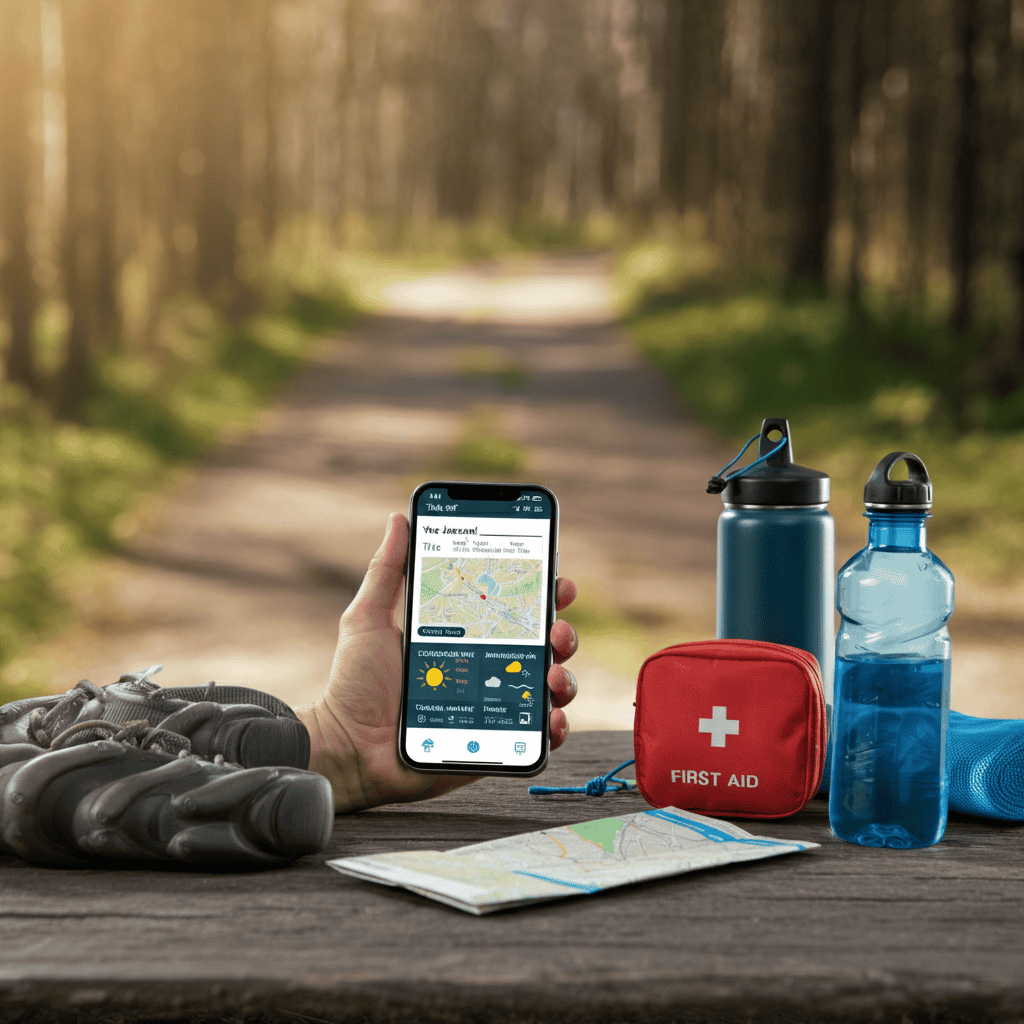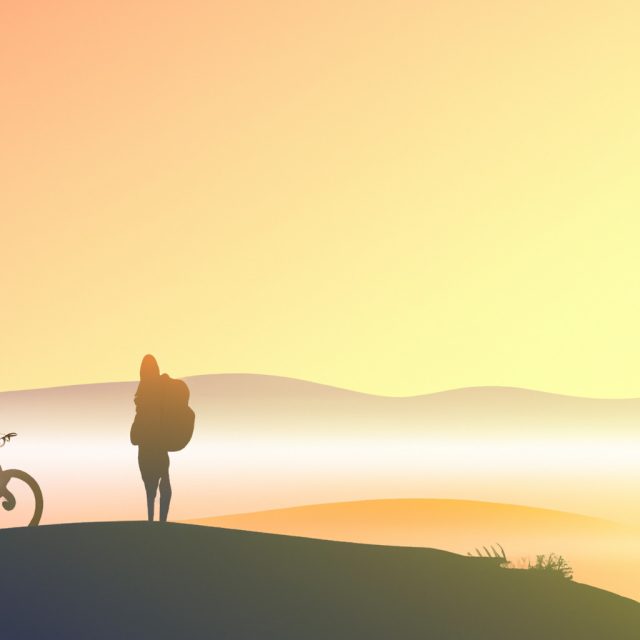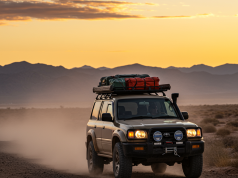In a world where time and resources can feel limited, microadventures offer a refreshing way to break free from the routine without embarking on lengthy or expensive journeys. Modern explorers use the term microadventure to describe short, local excursions that are simple to plan yet rich in excitement and discovery. Whether it is hiking a nearby trail at sunrise, sleeping under the stars in your backyard, or cycling to a hidden waterfall, these bite-sized adventures inject spontaneity into everyday life. This guide will walk you through the principles, planning steps, and creative ideas needed to design your own unforgettable microadventures, all within reach of your home base.
Why Microadventures Matter
Busy schedules and everyday responsibilities can quickly drain our sense of wonder. Microadventures act as a reset button, giving you a mental boost and fresh perspective by connecting you with nature, local culture, and your own spirit of discovery. Shorter trips mean less planning stress, lower costs, and more frequent rewards. You do not need to wait for a full two weeks of vacation to experience a thrill or witness a spectacular sunset. Even a single evening under the stars or a dawn river paddle can recharge your creativity, improve your mood, and inspire a deeper appreciation for the world right outside your door.
What Defines a Microadventure?
A microadventure is any trip that meets three simple criteria: it is short, local, and affordable. Short means you can complete it in a few hours to one night away. Local implies that the destination is within easy reach of your home, typically a two-hour drive or public transport ride. Affordable means the cost is low enough that you can do it frequently without financial stress. By keeping these parameters in check, you ensure spontaneous, repeatable adventures that fit smoothly into work weeks and family commitments. The magic lies in how you use minimal time and resources to create maximum impact and memories.
Planning Your First Microadventure

Think of this as your personal trip planning guide—simple but intentional. Start by selecting a time frame that fits your lifestyle: a late afternoon through early morning overnight, a full weekend day, or a series of evening outings after work. Next, choose a destination based on ease of access, safety, and personal interest. Factor in weather, daylight hours, and any permits or regulations. Finally, assemble basic gear and essentials suited to the activity. A clear plan of action helps you move quickly from idea to execution, ensuring you seize that rare free hour or a surprise clear sky without hesitation.
Choosing the Right Location
- Proximity: Aim for sites within one to two hours of travel.
- Safety: Check trail conditions, local wildlife advisories, and cell coverage.
- Uniqueness: Seek hidden gems like urban rooftop views, neighborhood waterways, or offbeat historical sites.
- Seasonal Appeal: Consider sunrise times in winter or full moon nights for added magic.
Essential Gear for Microadventures
- Backpack: Lightweight daypack with hydration bladder or water bottles.
- Navigation: Smartphone with offline maps, compass, and printed route notes.
- Shelter: Ultralight tent or bivy sack for overnight stays, plus a compact tarp.
- Sleep System: Warm sleeping bag rated for expected temperatures and an inflatable pad.
- Lighting: Headlamp with extra batteries and a small lantern.
- Clothing: Layered, moisture-wicking fabrics and a waterproof outer shell.
- Food & Water: High-energy snacks, instant meals, and at least two liters of water per person.
- First Aid Kit: Basic emergency supplies, blister care, and insect repellent.
Time Frames: Day Trips vs Overnight Escapes
Microadventures can be scaled to fit any schedule. Day trips work well for sunrise hikes, urban photography walks, or kayaking on a nearby lake. Overnight escapes open more possibilities—starscapes from remote ridgelines, late evening campfires beside a river, or freeze frame moments of wildlife at dawn. A single night away often feels more immersive, offering a real departure from daily routines. Even so, repeat short outings add up: try a series of evening strolls through different neighborhoods or a weeklong challenge of sunrise paddle sessions to see your surroundings with fresh eyes.
Safety Tips and Leave No Trace Principles

Prioritize safety by always telling someone your route and expected return time. Check weather forecasts and trail advisories before you head out. Pack a small first aid kit and know basic wilderness skills: reading a map, starting a fire safely, and treating minor injuries. Adopt Leave No Trace principles to protect natural and urban environments—pack out all trash, avoid disturbing wildlife, and respect private property. These guidelines ensure that both you and the places you visit remain safe, healthy, and enjoyable for future microadventurers.
Creative Microadventure Ideas
- Rooftop Picnic: Catch sunset views from a secure building top, complete with fairy lights and snacks.
- Moonlight Kayaking: Paddle under the stars on a calm river or lake.
- Urban Scavenger Hunt: Create a list of unique street art, architecture marvels, or local landmarks.
- Bike and Dine: Cycle to three different eateries within a 10 mile radius and sample signature dishes.
- Backyard Campout: Set up a tent under the sky, tell ghost stories, and roast marshmallows.
- Photography Marathon: Spend golden hour capturing reflections, patterns, and textures in your town.
- Train Window Tour: Purchase a short regional train ticket and document the changing landscapes.
- Sunrise Summit: Hike a nearby hill or small peak for an early morning panorama.
Documenting Your Journey
Recording your microadventure adds another layer of enjoyment. Carry a lightweight journal or use a notes app to log highlights, weather observations, and unexpected moments. A compact camera or smartphone will capture scenic vistas, while a voice memo can preserve the sounds of birds, rustling leaves, or rushing water. Sharing your stories on social media or a personal blog not only inspires others but also cements memories in your own mind. Consider creating a simple map of routes taken to track distance and revisit your favorite spots in the future.
Budget-Friendly Tips for Microadventures
One of the greatest advantages of microadventures is cost efficiency. Skip high seasonal fees by exploring public parks, urban greenways, and community trails. Borrow or rent specialty equipment like tents, kayaks, or bicycles from friends, local outfitters, or library of things programs. Pack homemade meals to avoid pricier trailhead cafes. Carpool or use public transit to split travel costs and reduce your carbon footprint. With a little creativity, you can craft truly memorable experiences without breaking the bank or sacrificing quality.
Sustainable and Community-Focused Adventures
Mindful microadventuring includes respecting local communities and ecosystems. Support small businesses by stopping at a village bakery or roadside stand. Choose reusable dishware over disposables. Observe wildlife from a safe distance to avoid stress on local fauna. Volunteer a few hours to clean up trails or help maintain community parks when you visit. By leaving each spot better than you found it, you play an active role in preserving the character and health of the places you explore—and your experience becomes even more meaningful.
Conclusion
Microadventures transform ordinary days into extraordinary memories. They encourage exploration, foster well-being, and bring adventure within everyone’s reach. Armed with the tips in this guide—from quick planning methods and essential gear lists to unique trip ideas and sustainability practices—you are ready to embark on your own mini odyssey. So lace up your boots, charge your headlamp, and seize the next clear afternoon or starlit night for an adventure that will rejuvenate your spirit and deepen your connection to the world at your doorstep.
Learn more about: Street Art Travel Guide: Explore the World’s Urban Canvases














